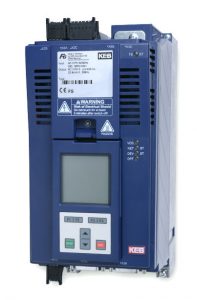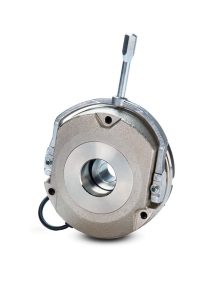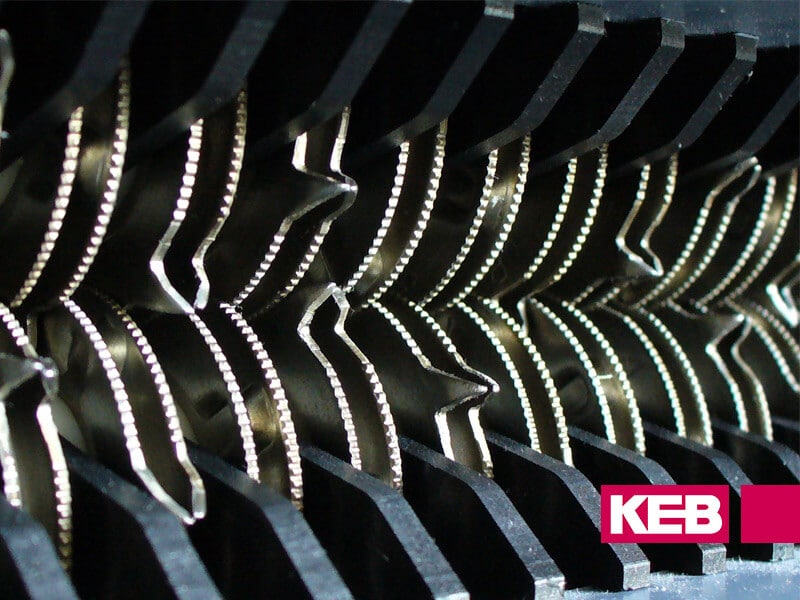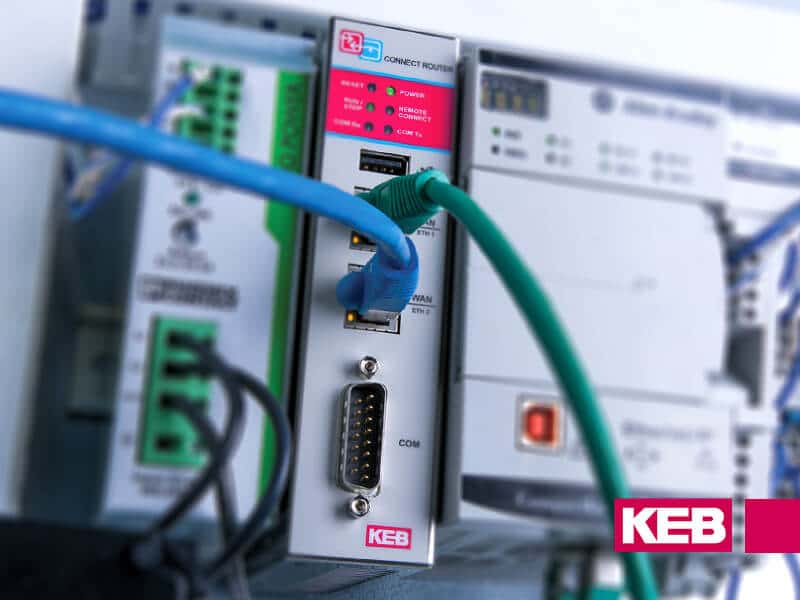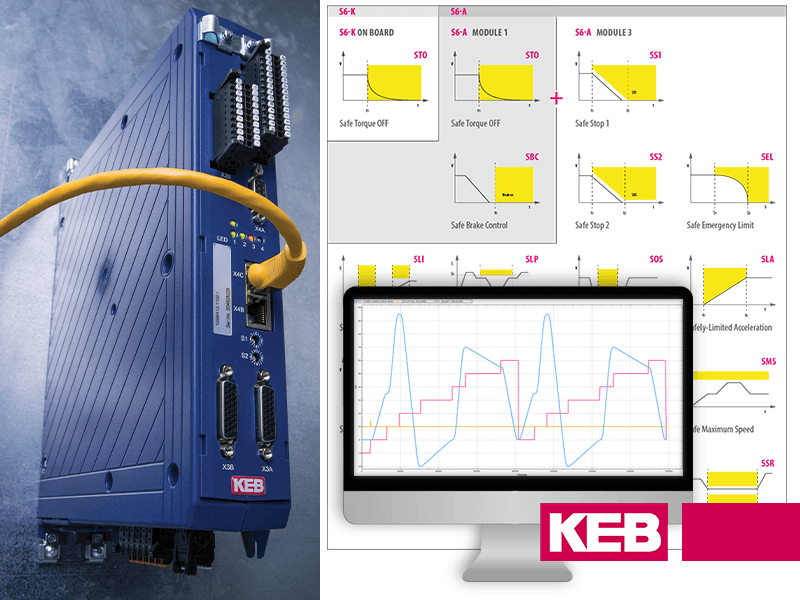4 Industrial Applications for Robotics & Automation
Robotics and automation have taken the industrial space by storm, introducing new efficiencies across manufacturing, product distribution, packaging, and the general provision of commercial goods. These automation solutions streamline a variety of mission-critical tasks, including the transportation and processing of parts and materials. This in turn enables greater productivity, quality, and worker safety, making robotics and automation a potent solution across industrial operations.
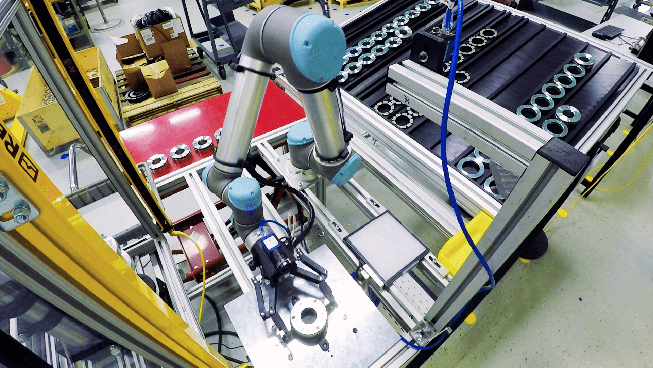
We’re fascinated by the concept (and potential impact!) of a robotic, automated workforce. In many ways, these robots represent the future of automation—and a promising pathway to more seamless, productive enterprises. Let’s dive deeper into that topic today by exploring a few key industrial applications of robotics and automation.
1. Automation in Material Handling
Material handling involves the movement, storage, protection, and control of materials throughout a production line. Robots create a fundamental shift in this industry by automating some of the most difficult, repetitive, and unsafe tasks in the material handling process. For example, general-purpose robots can be outfitted with various arm tools (such as grippers) to grip and move heavy materials from one place to another with remarkable speed and accuracy. This capability creates a more efficient and safe work environment by shifting the responsibility of heavy lifting to a purpose-built machine, rather than a person.
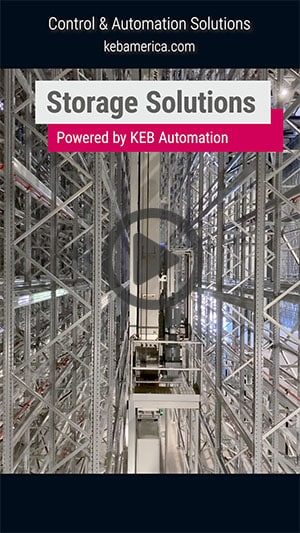
Watch KEB’s Automated Storage and Retrieval System here
Another material handling system includes the automated storage and retrieval system (AS/RS) that KEB has implemented in a high-bay warehouse in Germany. In this system, a stacker crane moves back and forth on rails to retrieve material on extremely tall racks. These robotic systems quickly retrieve products and components without the need for a forklift and an operator. High-bay warehouses with automatic stacking and retrieval systems prevent accidents, while handling product at high-speeds.
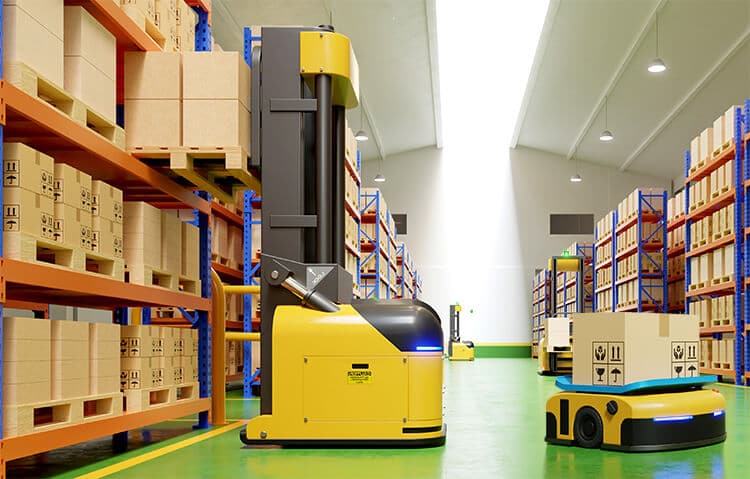
For Automated Guided Vehicles (AGVs), specialized robots operating in a material handling environment offer unique features like collision detection and conveyor tracking to ensure products move smoothly and safely across the supply chain. These robots can even interface (and work in tandem) with other specialized equipment, including conveyors, carousels, storage and retrieval systems, and automated vehicles, to transfer parts and materials while reducing direct labor costs.
Safety remains a pressing challenge in the field of robotics for material handling. Without the proper safety functions, these heavy-duty robotic arms and equipment can seriously injure workers and passersby during operation. To combat this threat, KEB drives are equipped with a safety controller to enable “safe limited speed.” This safety function slows the robot down when in the presence of people to avoid collision or harm, without shutting it down completely.
2. Automation in Metalworking
Automation and robotics are a natural fit for metalworking machinery, providing a more productive, space-efficient alternative to computer numerical control (CNC) systems. Metalworking robots can move across multiple axes and be equipped with various cutting and abrasive tools for removing tough metal materials. Moreover, these robots can be programmed to repeat specific motions and tasks with extreme precision, creating unmatched part consistency across metalworking operations. A few common use cases for metalworking robots include deburring, grinding, plasma cutting, trimming, and finishing or polishing. Industrial metalworking robots can match the pace (parts produced each hour) and consistency of CNC machining, while taking up significantly less floor space.
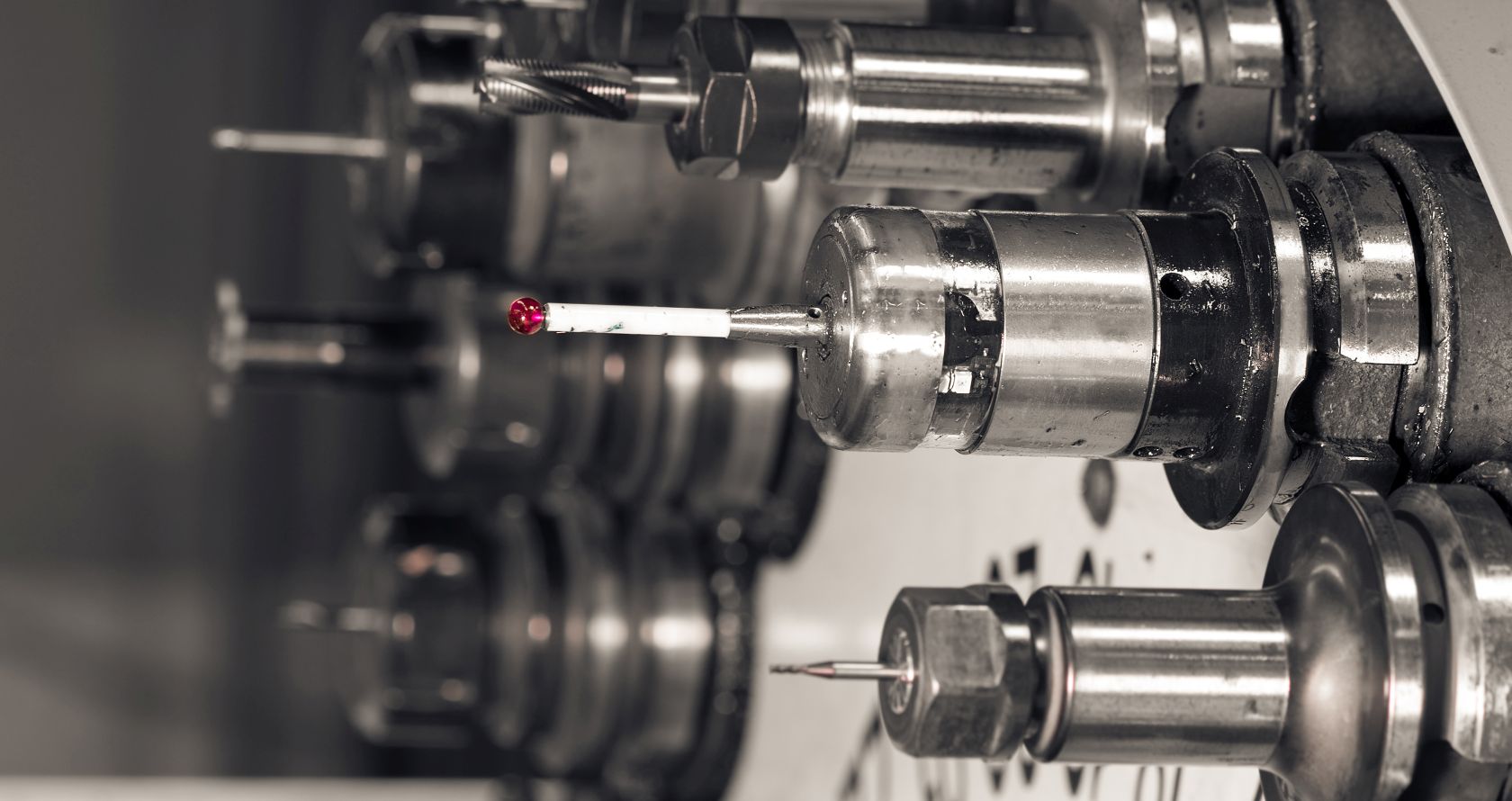
These flexible robots also support safer metalworking operations, especially compared to manual processes. For example, manual deburring with handheld tools can subject human workers to repetitive strain injuries. Metalworking robots eliminate this safety risk while reducing manual labor costs across part processing in general, allowing manufacturers to work more efficiently and redeploy employees to more productive (and less tedious) tasks.
KEB provides a range of scalable control technology to support metalworking machinery and robotics. Our embedded Industrial PCs and EtherCAT masters provide exceptional motion control. We also offer certified functional safety (FS) products to further minimize the risks associated with this automation technology.
3. Automation in Arc & Spot Welding
Robot welding is a linchpin for many modern manufacturers, allowing teams to reduce manufacturing costs, improve productivity, and optimize weld quality through automation and robotic systems. Welding robots can achieve quality welds with unbelievable accuracy and consistency, while reducing many of the safety risks associated with welding (such as arc burn and fume inhalation).
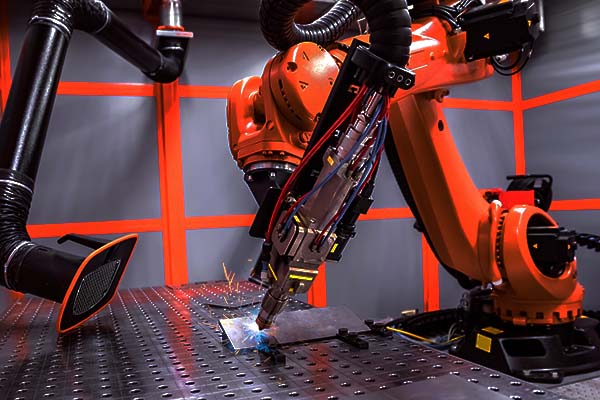
Today’s welding robots empower manufacturers to automate basic and complex welding projects alike. Some robots in this field can even achieve arc welding for additive manufacturing, allowing for rapid prototyping and 3D printing. The exceptional flexibility and programmability of welding robots make them a great solution to reduce cycle times, bolster efficiency, and maximize ROI.
4. Automation in Painting & Coating
Autonomous painting robots are a game-changer for manufacturers looking to speed up and enhance their paint processes. These robots apply consistent layers of paint across parts and products at outstanding speeds, reducing material waste and improving productivity. Naturally, these solutions also reduce risk by keeping workers safely away from hazardous paints. This same automation technology can be utilized for coating and spraying operations, too.
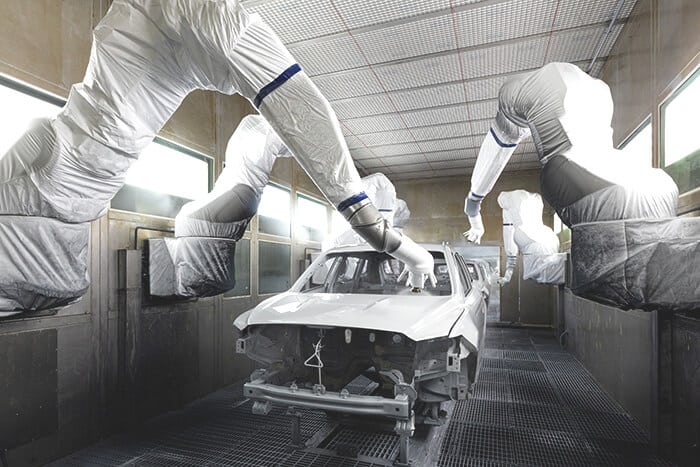
Automated robots give manufacturers the flexibility to paint or coat any part of virtually any size with speed and precision. This versatility makes them very well suited for aerospace applications, among many others.
Embrace Automation with KEB America
As a leader in automation and control, KEB America has a range of bleeding-edge technologies to support robotics systems, including functional safety solutions and remote access tools. Contact us today for more info on our products—and to learn how we can support your robotics and automation project.
Let's Work Together
Connect with us today to learn more about our industrial automation solutions—and how to commission them for your application.
